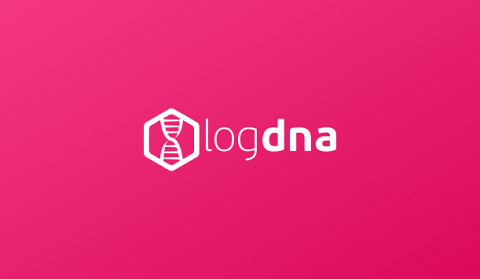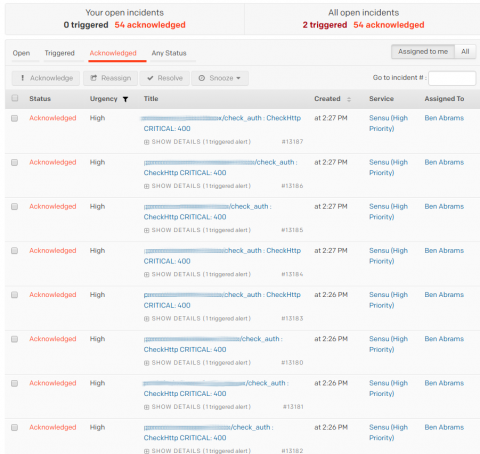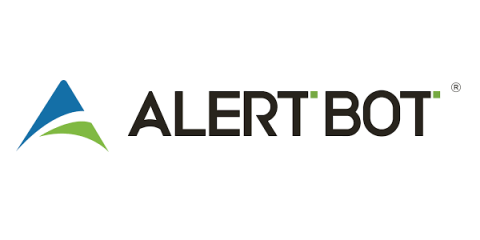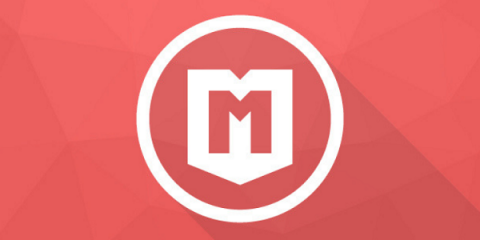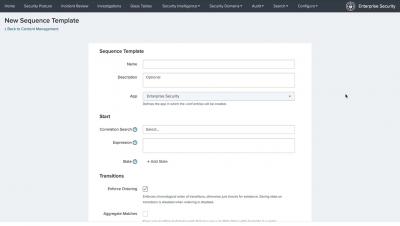Operations | Monitoring | ITSM | DevOps | Cloud
%term
Accelerate Security and PCI Compliance Visibility with New Sumo Logic Apps for Palo Alto Networks
It’s becoming increasingly harder to manage the volume of threats coming into enterprise networks as attackers become more sophisticated, the threat landscape expands and enterprises continue to adopt modern applications at cloud scale.
5 Splunk Alternatives - Faster, Affordable Log Management Solutions
Since its first release in 2007, Splunk quickly became one of the leading log management solutions. Its focus on enterprise grade log analysis and security incident and event management (SIEM) made it the de facto choice for organizations generating large volumes of log files and machine data. But over the past decade, the log management landscape has changed drastically.
Alert fatigue, part 4: alert consolidation
So far, we’ve covered alert reduction with Sensu filters and token substitution; automating triage; and remediation with check hooks and handlers (links above). In this post, I’ll cover alert consolidation via round robin subscriptions and JIT/proxy clients; aggregates; and check dependencies. These are all designed to help you cut through the “white noise” and focus on what’s important (especially in the middle of a major incident).
3 Reasons Why Website Speed is More Important than Ever
Today’s business environment is relentlessly fast-paced. Today’s startups blast into tomorrow’s enterprises. And just as rapidly, today’s unicorns take a one-way journey into “hey, whatever happened to…” country. However, there’s another critical piece of the velocity puzzle that many businesses are missing, and it’s costing them customers and profits: the speed of their website.
The Age Of Simple Products And Even Simpler (If Any) UI
Moving further than design, a good interface is an invisible interface…
Make time-series exploration easier with the PostgreSQL/TimescaleDB query editor
Grafana v5.3 comes with a new visual query editor for the PostgreSQL datasource. The query editor makes it easier for users to explore time-series data by improving the discoverability of data stored in PostgreSQL. Users can use drop-down menus to formulate their queries with valid selections and macros to express time-series specific functionalities, all without a deep knowledge of the database schema or the SQL language.
From OAuth to GitHub Apps: How Sentry Built its New GitHub Integration
As the most widely used source code management and error monitoring solutions, GitHub and Sentry work together to help developers improve their code and their productivity. With the newest Sentry integration release, GitHub users benefit from faster sign-in, flexible repository permissions, and easier organization-wide setup. And for the first time, GitHub Enterprise users can also take advantage of these useful integration features.




